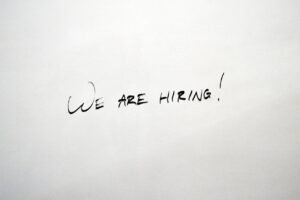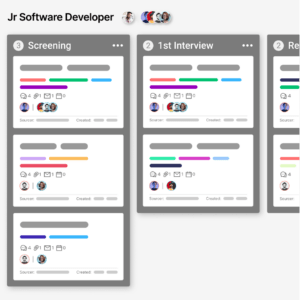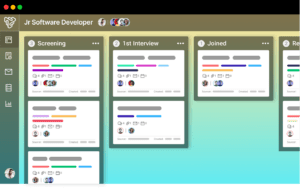The Game Changer: How AI-Powered Video Interview Feedback Transforms Hiring
Discover how AI video interview feedback is the game changer. Use automated interview analysis and video assessment AI for fair, fast, and unbiased interview scoring.
The Game Changer: How AI-Powered Video Interview Feedback Transforms Hiring Read More »










